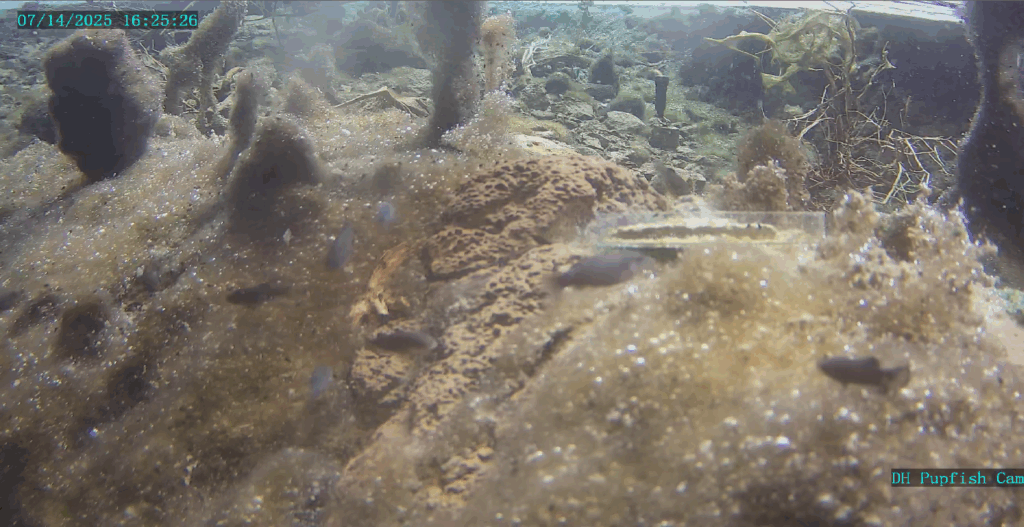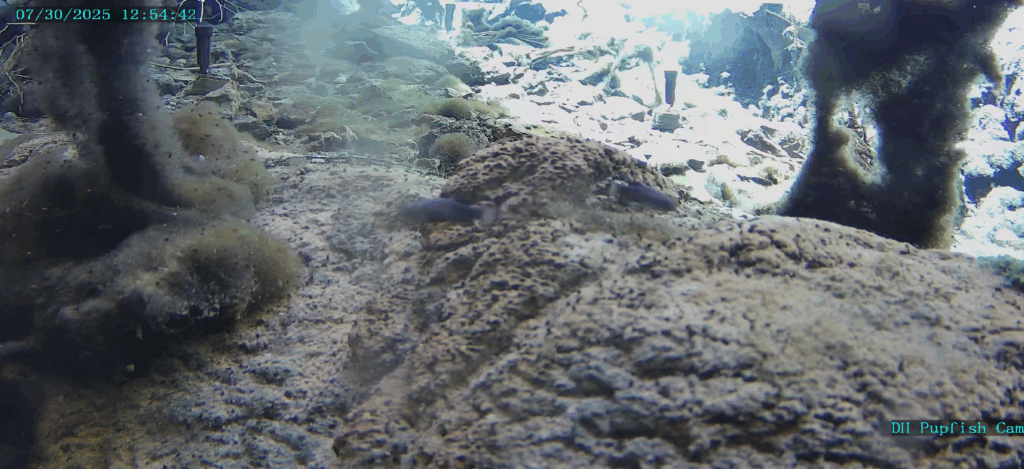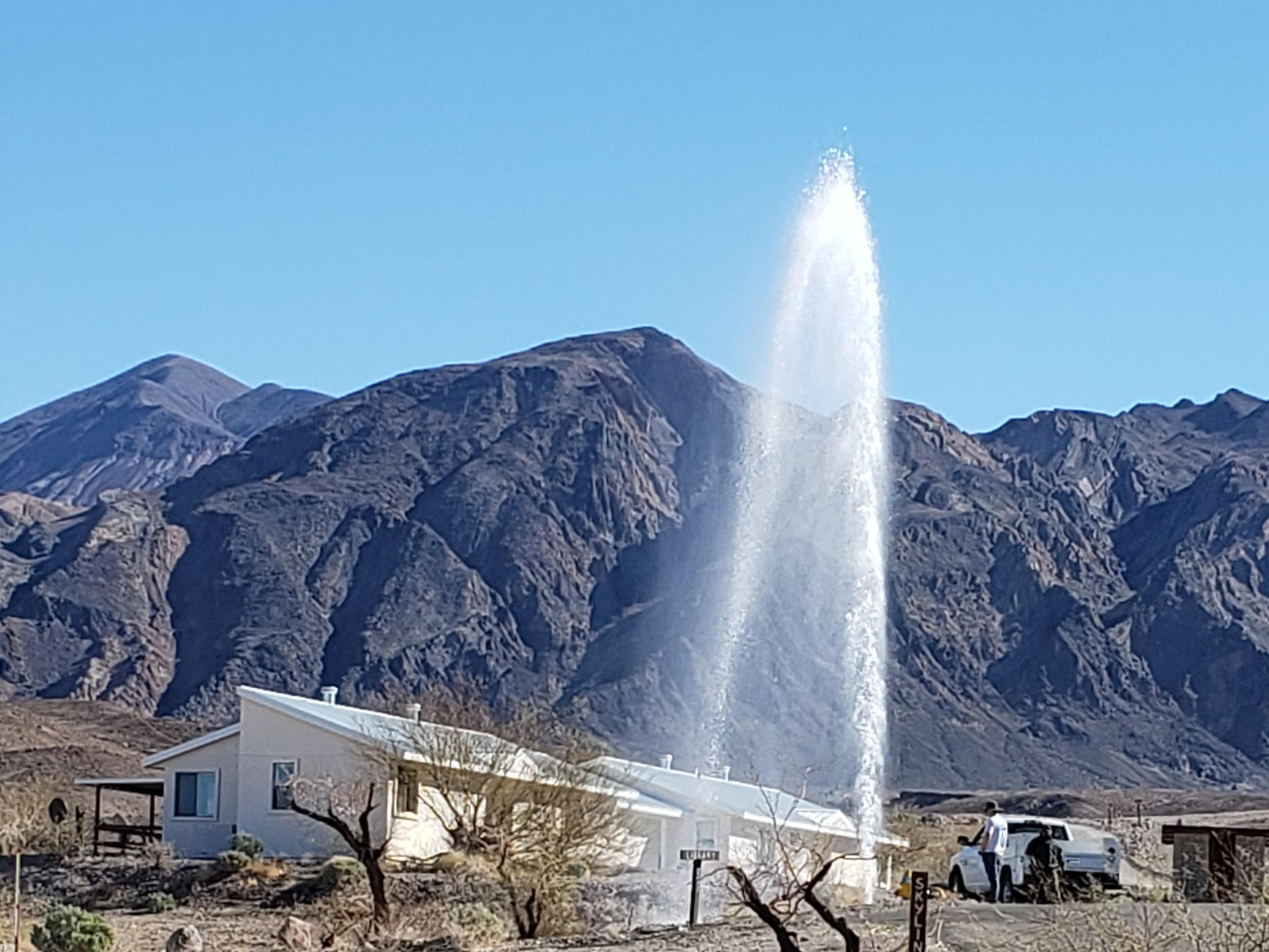In the blazing heart of Death Valley’s off‑season, the desert is alive with motion.
This is the time of year when the thermometer climbs to 115 and 120 °F, when even the air feels like it shimmers. Yet this summer, the quiet has been broken: a massive earthquake half a world away sent waves sloshing through Devils Hole, the park’s rare pupfish are hanging on, and $62 million in long‑awaited water system upgrades are on the horizon—all as the park opens its gates for a free‑entry day on August 4.
On July 29, a magnitude 8.8 earthquake struck Russia’s Kamchatka Peninsula nearly 4,000 miles away. Just 21 minutes later, its force reached Devils Hole—a deep, water‑filled cavern on the Nevada side of the park—where 10‑inch waves rippled across a surface that is normally glass‑calm.

These distant waves matter because Devils Hole is the sole habitat of the critically endangered Devils Hole Pupfish. These inch‑long fish depend entirely on a shallow rock shelf for food and spawning.
Last winter’s quakes washed away much of the algae and invertebrates that sustain them, leaving just 38 fish counted in a March survey. This time, however, the impact was smaller. Biologists say the timing is fortunate: strong summer sun encourages algae growth, and pupfish often increase their spawning after disturbances.

While scientists watch over one of the rarest species on Earth, park managers are looking toward changes of a very different scale. Furnace Creek’s water and wastewater systems—strained for decades by extreme heat, mineral‑rich water, and flash floods—are due for a full replacement.
Since 2022, more than 140 emergency repairs have been made just to keep them working. A break in a main water line near Furnace Creek occasionally creates a makeshift geyser, sending mineral-laden water spraying into the desert air.
Thanks to the Great American Outdoors Act, signed on August 4, 2020, roughly $62 million will be invested next year to modernize these systems. The Act directs royalties from offshore oil and gas leases—not taxpayer dollars—into projects that protect and restore public lands nationwide.
To celebrate the law’s fifth anniversary, all National Park Service sites, including Death Valley, will waive entrance fees on Monday, August 4.
This follows previous reporting that included insights from park spokesperson Abby Wines, who described the challenges of maintaining visitor services and infrastructure in one of the harshest climates on Earth. Together, these new announcements and past discussions illustrate how the park is constantly adapting—whether to flash floods, aging systems, or even distant earthquakes—to protect its resources and improve the visitor experience.
From far‑flung seismic waves to long‑awaited infrastructure improvements, the hottest time of year has brought an unexpected season of motion to one of the hottest places on Earth.


Leave a Reply